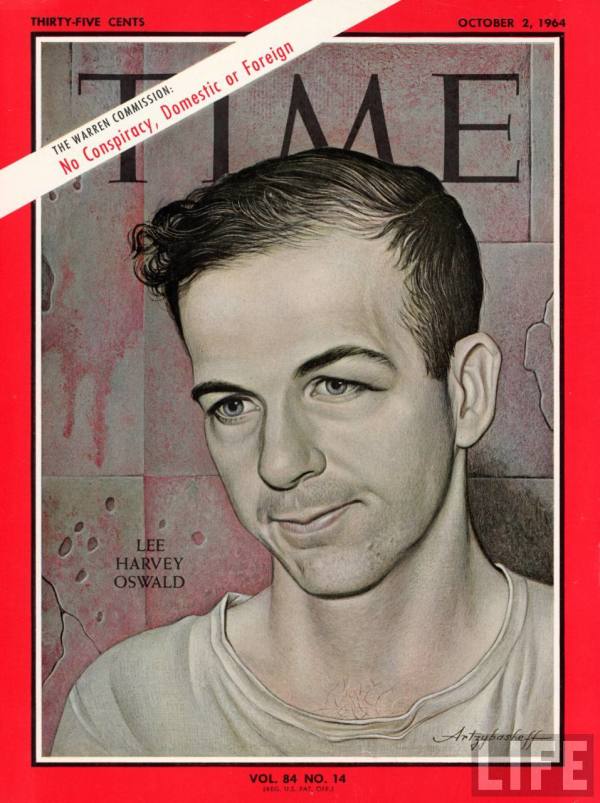POLITICO: Still, the newly released documents may offer an intriguing glimpse of what comes next. The National Archives is required to unseal a final batch of about 3,100 never-before-seen JFK-assassination files by the October deadline, assuming the move is not blocked by President Donald Trump. Under the 1992 Kennedy Assassination Records Collection Act, the president is the only person empowered to stop the release. (Congressional and other government officials have told us in confidence that at least two federal agencies—likely the CIA and FBI—are expected to appeal to Trump to block the unsealing of at least some of the documents. Even after 54 years, some government officials apparently still want to keep secrets about this seminal event in U.S. history. The CIA and FBI acknowledged earlier this year they are conducting a final review of the documents, but have been unwilling to say if they will ask the president to block some from being released.)
None of the files released last week undermines the Warren Commission’s finding that Oswald killed Kennedy with shots fired from his perch on the sixth floor of the Texas School Book Depository in Dallas’ Dealey Plaza—a conclusion supported by 21st century forensic analysis—and that there was no credible evidence of a second gunman. But the new documents do revive the question of why the CIA, so skeptical internally of many of the commission’s other findings by the 1970s, never acknowledged those suspicions to later government investigators—or to the public. Documents released decades ago show that CIA and FBI officials repeatedly misled—and often lied outright—to Chief Justice Warren and his commission, probably to hide evidence of the agencies’ bungling in their surveillance of Oswald before the president’s murder. The CIA appears also to have been determined to block the commission from stumbling on to evidence that might reveal the agency’s assassination plots against Castro and other foreign leaders.
In 2013, the CIA’s in-house historian concluded that the spy agency had conducted a “benign cover-up” during the Warren Commission’s investigation in 1963 and 1964 in hopes of keeping the commission focused on “what the Agency believed was the ‘best truth’ — that Lee Harvey Oswald, for as yet undetermined motives, had acted alone in killing John Kennedy.” But what if the “best truth” was wrong? According to documents made public last week, the CIA was alarmed by the mid-1970s to realize that no one had properly followed up on clues about an especially mysterious chapter in Oswald’s life—a six-day, apparently self-financed trip to Mexico City beginning in late September 1963, two months before the assassination. The reason for the trip has never been determined with certainty, although he told his wife, Marina, that he went there to obtain a visa that would allow him to defect to Cuba, much as he had once attempted to defect to the Soviet Union.
The CIA acknowledged long ago that the agency’s Mexico City station had Oswald under surveillance during the trip, and that he met there with Cuban and Soviet diplomats and spies. The CIA station chief said later he was convinced that Oswald had a brief sexual relationship with a Mexican woman who worked in the Cuban consulate. Although there is no credible evidence of Soviet involvement in the assassination, Oswald’s other contacts in Mexico included—shockingly enough—a KGB assassinations expert who doubled as an accredited Soviet diplomat. A top-secret June 1964 FBI report, made public in the 1990s but apparently never seen by key investigators for the Warren Commission, suggests that Oswald was overheard threatening to kill Kennedy during his visits to the Cuban diplomatic compound in Mexico. MORE

